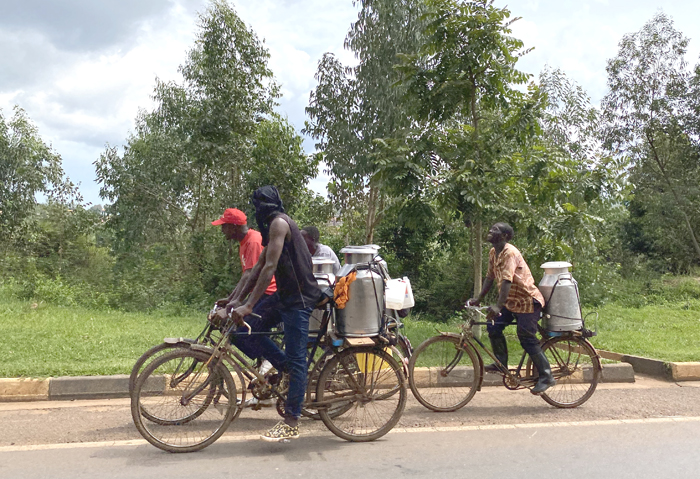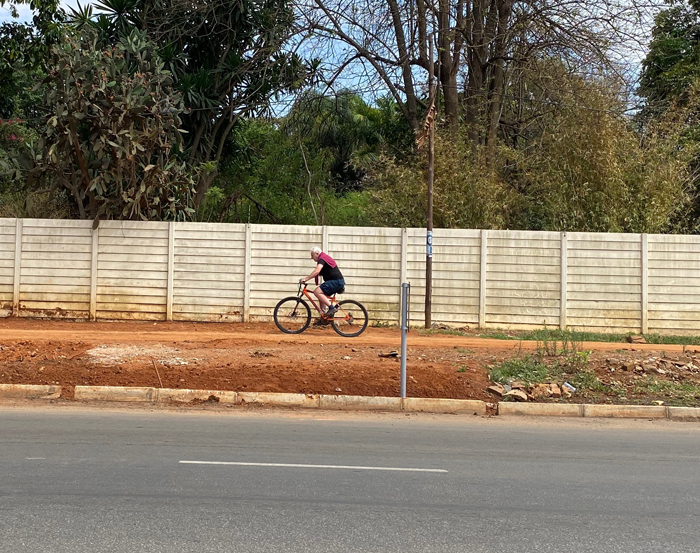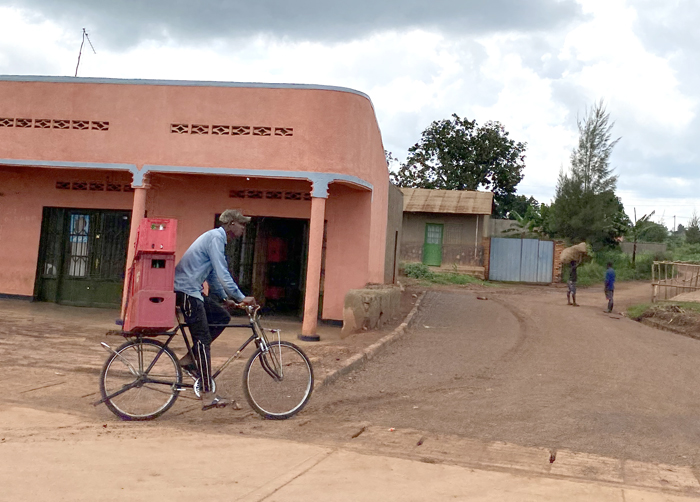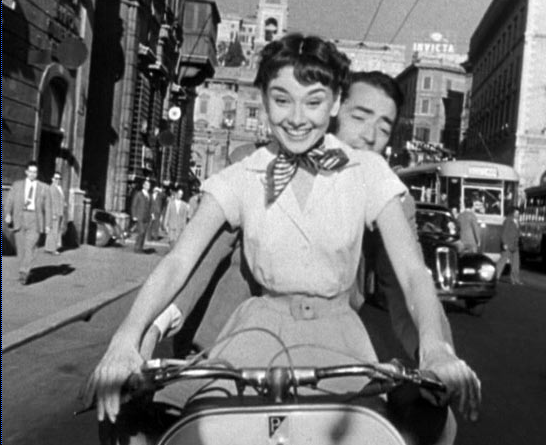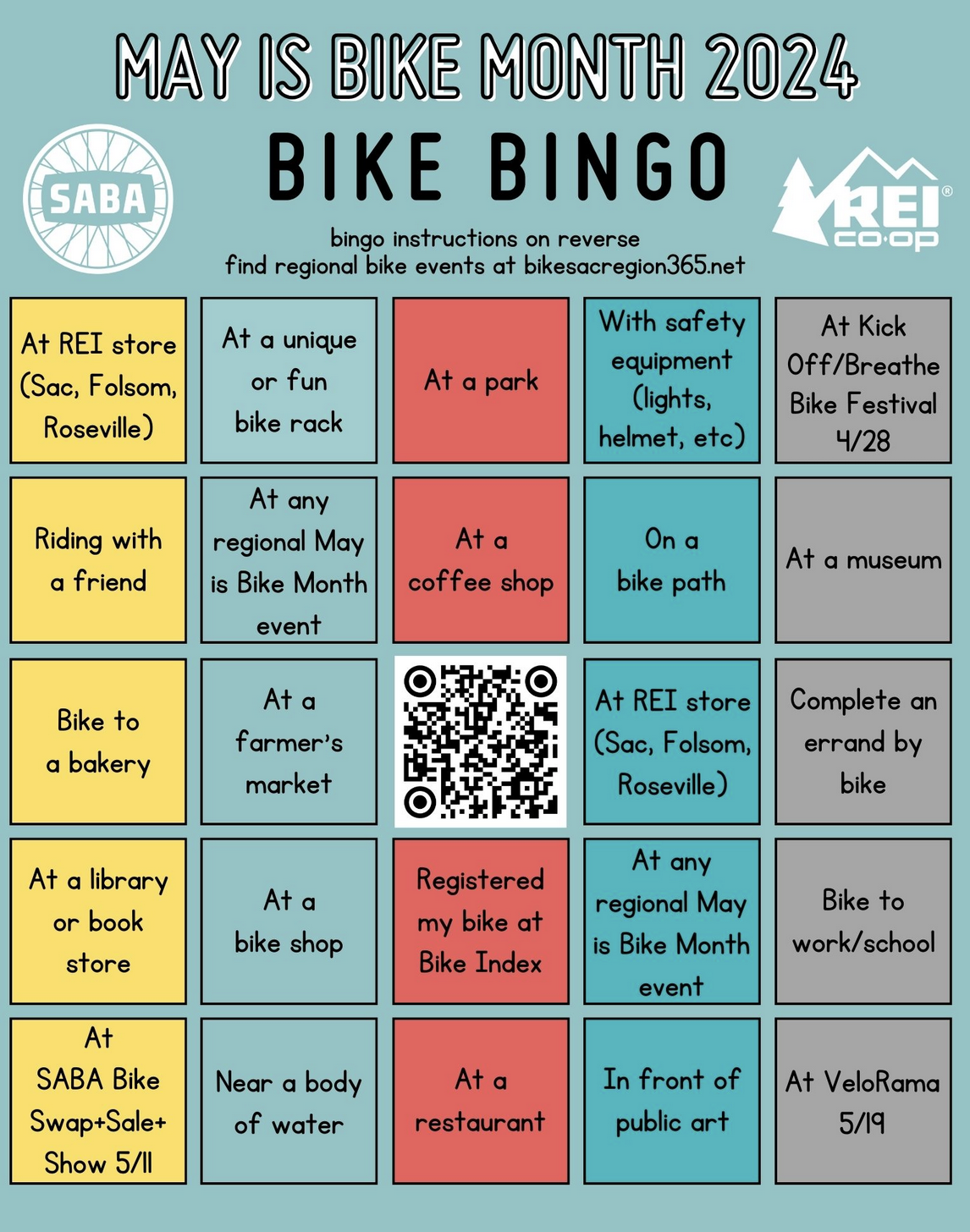Travel Snapshots: Bikes! in Zimbabwe and Rwanda
2:27 PM PST on December 20, 2022
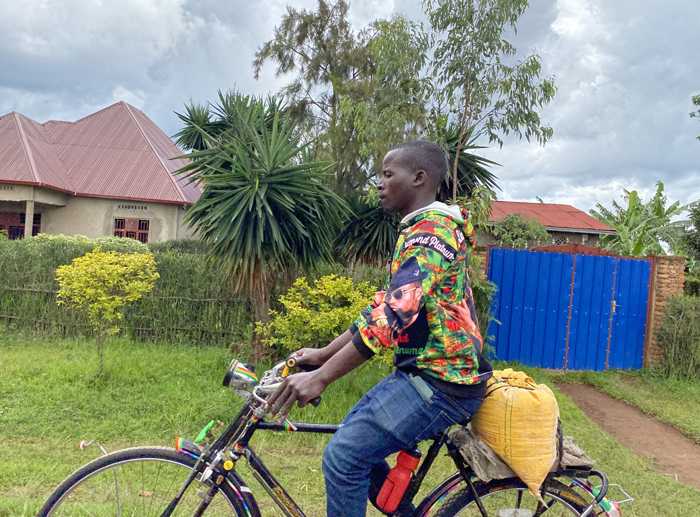
Rwanda. Photo by Melanie Curry/Streetsblog
I just returned from a trip to visit friends in two very different African countries, Zimbabwe and Rwanda. The trip purpose wasn't to observe transportation customs and bring home lessons for California, but I couldn't help myself from trying to take a picture whenever I saw someone using a bicycle.
That's partly because they were relatively rare in Zimbabwe, and extremely common in Rwanda, and that piqued my interest - apart from just liking to see people on bikes.
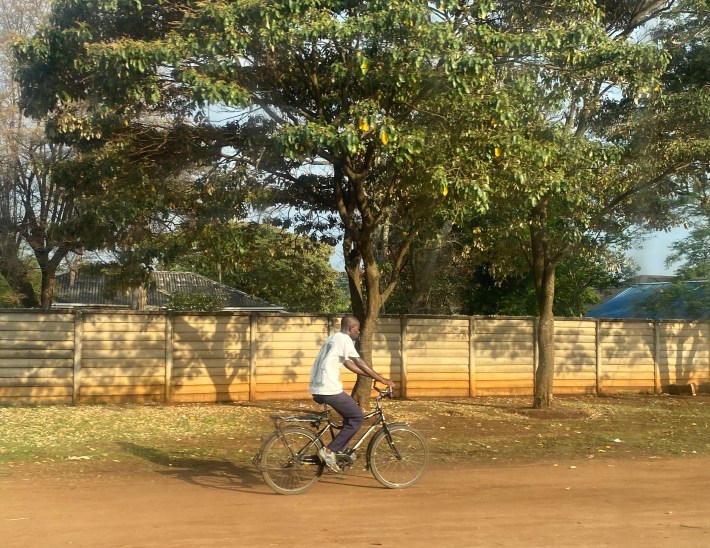
Those two countries seem to exist on the opposite ends of the African spectrum in terms of economics and governmental organization. Both countries suffered terribly under colonial rule and its aftermath, and their paths away from that history have been completely unique.
For example, Zimbabwe seems to have gotten stuck in the 1980s, when the country succeeded in throwing off minority white rule but never quite recovered economically. While cars dominate travel, supplies are hard to come by for everything. So roads are sometimes more pothole than pavement, cars are old and spew smoke of many colors, and transit is cramming onto whatever vehicle is going your way.
Deciphering traffic is always a challenge in a new place, and in Zimbabwe lanes and intersections were mostly negotiated via eye contact. Few seem to drive aggressively, mostly because there isn't much point to it. People riding bikes on busy roads frequently turn to look behind them, and vehicles pass quite closely.
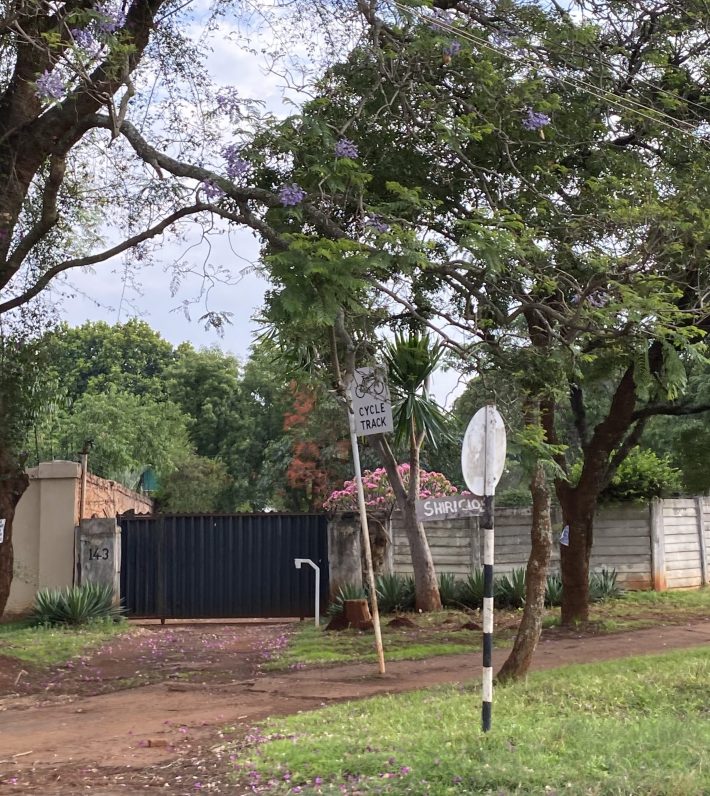
There are a few clearly marked cycle tracks along some of the older streets (what we would call bike paths), especially in some of the colonial neighborhoods where jacarandas sweep long purple-blossomed branches overhead. However, those cycle tracks are as decrepit as the pavement on the roads - "a vestige of the colonial era, useless now," was our host's description of them. And few bicycles seem to be using them.
It feels like all the infrastructure in Harare, Zimbabwe's capital city, has just taken a beating: roads are a mess; electric power comes and goes on a whim; water runs, sometimes; the postal service is nonexistent; transit consists mostly of "combis" or vans that haphazardly stop to pick up riders and their bags and baskets and squish them inside even when it doesn't seem there's any more room, and they let people hang off the back; formal taxi companies have disappeared.
So you'd think there would be a lot more bike riding. However, for bikes to really make sense the roads have to at least be decent - and here is one area in which Rwanda differs greatly from Zimbabwe. There, the main roads are well paved and have wide, sometimes striped shoulder lanes, with well-marked curbs and sidewalks along even some of the rural routes. The side roads are mostly dirt, but even those are at least more passable by bike than by car or truck or even the ubiquitous, buzzing motorcycle taxis.
And clearly the bike is a useful tool. People - mostly, but not all, young men - pile their single-speed, not electric, non-cargo bikes with heavy and precarious loads, sometimes to the point that they have to push the bikes up the frequent hills. Bikes carry large loads of potatoes (or cassava); tall gleaming milk cans; stacked crates full of bottles; giant bunches of bananas; paying passengers on plushy vinyl seats; furniture (whole beds, albeit unassembled). One bike carried a pyramid-shaped tower of meticulously stacked and tied chunks of coal. Eggs - a lot of eggs. Chickens in cages. Live goats. Haphazard loads of firewood and building materials. We saw one guy toting a coffin, which stuck out sideways on the rack behind him.
Passing cars gave him a wide berth.
Of course walking is also a common way to get around, and people walk long distances, despite the hills. They also carry a lot of stuff, wide loads upon their heads. Women balance stacked firewood, giant bunches of bananas, folded piles of clothing, and wide flat baskets holding neat arrangements of avocados, bananas, roasted corn. I saw several woman balancing hoes and axes, the tools' blades cushioned on their head coverings, with the handle jutting out as a counterbalance.
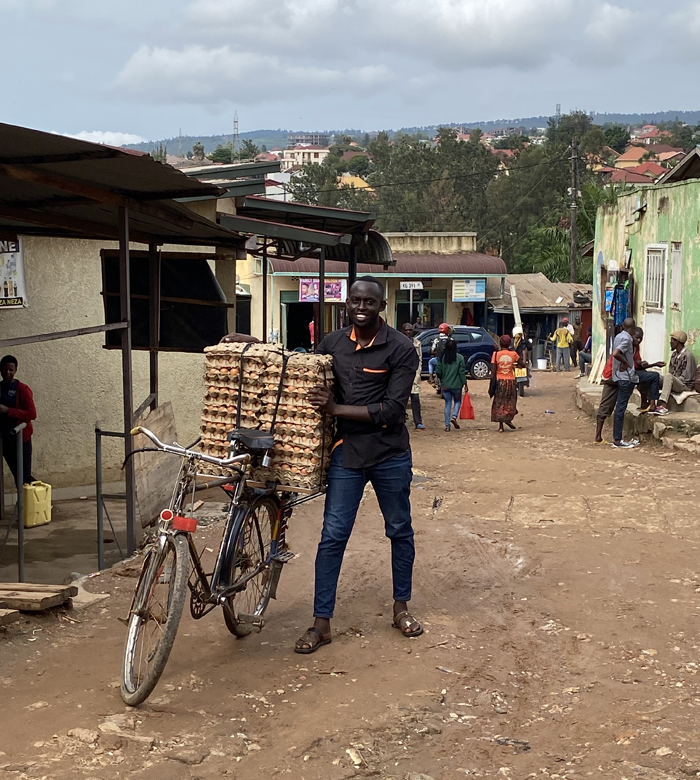
Californians, we are wimps. My goodness, we are spoiled by not having to carry things. Seeing these heavy loads on heads and bike racks put all the arguments about whether electric cargo bikes can replace cars in a whole different light.
Being in the midst of what seemed at times a chaotic swirl of traffic was exhilarating, and also scary. But never did I feel I was in true danger (okay, once; when a driver from neighboring Burundi - where British-style drive is the norm - seemed genuinely confused about why our vehicle was heading straight towards his). There was no sense of aggression or pressure to get a move on, dammit, even when dark was coming on and the traffic heading into Harare, Zimbabwe's capital, swirled in a chaotic ballet to avoid potholes, pedestrians, and other vehicles. Horns were used as a brief warning, from a distance - more a reminder that traffic was approaching than a demand for the right of way.
Crossing the street in Kigali, Rwanda's capital, was frightening the first few times. Pedestrians do not have any claim to a right of way. They must stop and wait, even at a crosswalk, for a gap in the traffic - but only between larger vehicles. Motorcycle drivers accommodate crossing pedestrians by adjusting their trajectory, and sometimes even acknowledge with a wave that they see you and all is okay.
It was disconcerting, however, how closely vehicles passed people. It was unnerving to be the passenger in a car on the highway, passing inches away from folks walking along the edge of the road. It was also unnerving to walk along a sidewalk and feel the wind from a passing car. One learns to pay attention, keep elbows tucked, and stay as far to the inside as other pedestrians will let you.
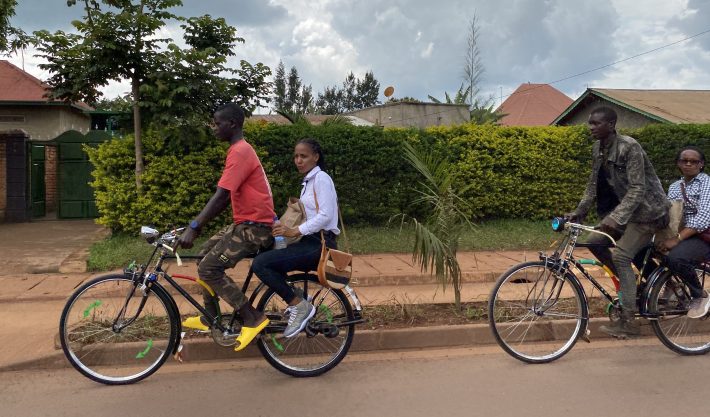
It was a big reminder of how many things we sometimes take for granted in California, things that don't have to be the way they are. For example, the ways our car-dominant infrastructure encourages impatience and aggression; the way pedestrians and bicyclists are used to being utterly ignored or cussed out. (Within a few days of arriving home to California, I was sworn at by a driver mad that I was in a crosswalk he wanted to speed through; such a lovely welcome!).
But it's clearly possible for traffic to be heavy without being mean. It's possible for it to be a wild ballet of people, bikes, and cars, and still work for everyone.
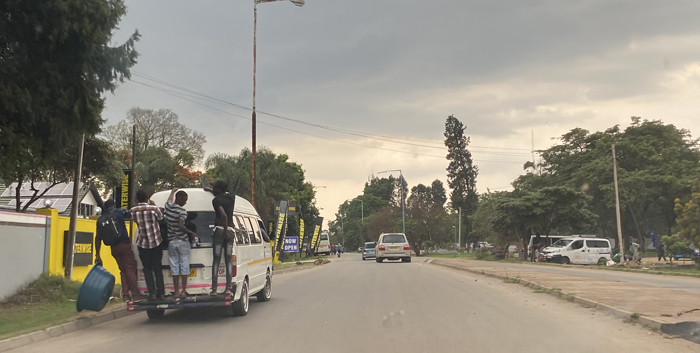
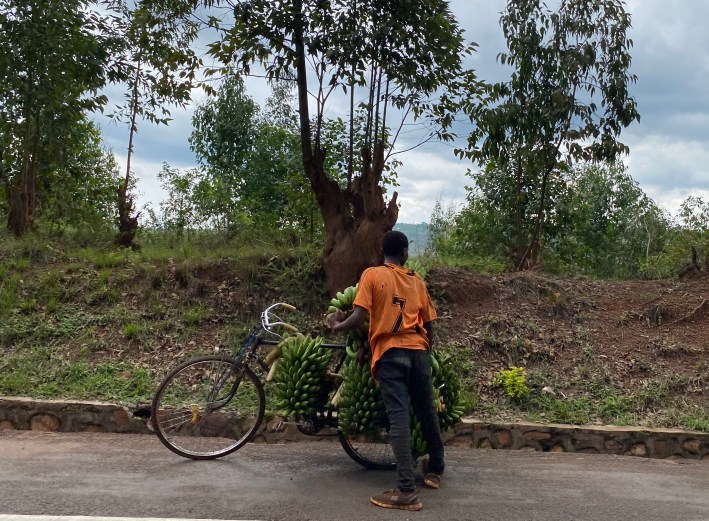
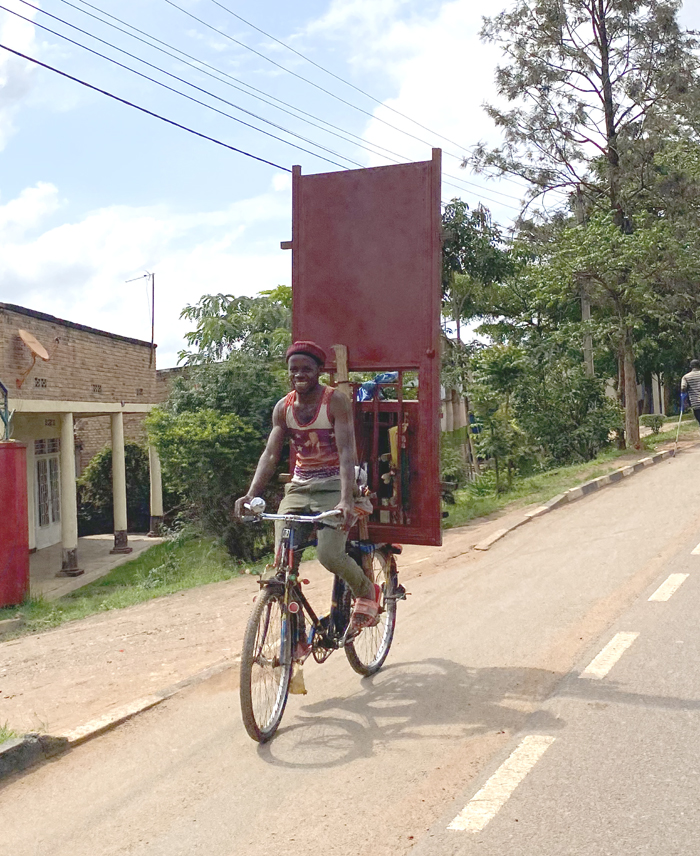
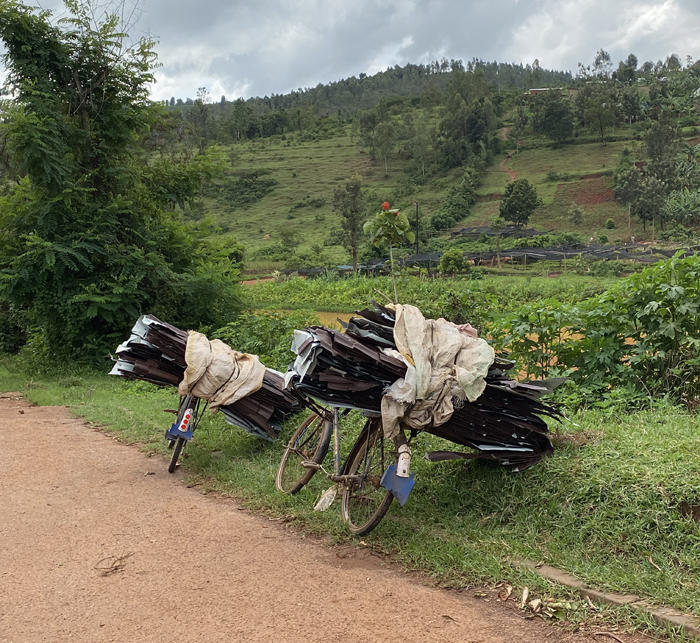

Streetsblog California editor Melanie Curry has been thinking about transportation, and how to improve conditions for bicyclists, ever since commuting to school by bike long before bike lanes were a thing. She was Managing Editor at the East Bay Express, editor of Access Magazine for the University of California Transportation Center, and earned her Masters in City Planning from UC Berkeley.
Stay in touch
Sign up for our free newsletter
More from Streetsblog California
State E-bike Incentive Program Update
E-bike battery certification requirements, and get ready now for the first launch window.
Commentary: Merchants Are Getting People Killed
The number one local obstruction to curbing traffic violence is local commerce and merchant groups.
Freeway Drivers Keep Slamming into Bridge Railing in Griffith Park
Drivers keep smashing the Riverside Drive Bridge railing - plus a few other Griffith Park bike/walk updates
Wednesday’s Headlines
Bike Month begins; Transit dangers; Yolo causeway project "not air quality concern" and Sacramento gets an F in air quality; Universal basic income could get a lot of people off the streets; More
